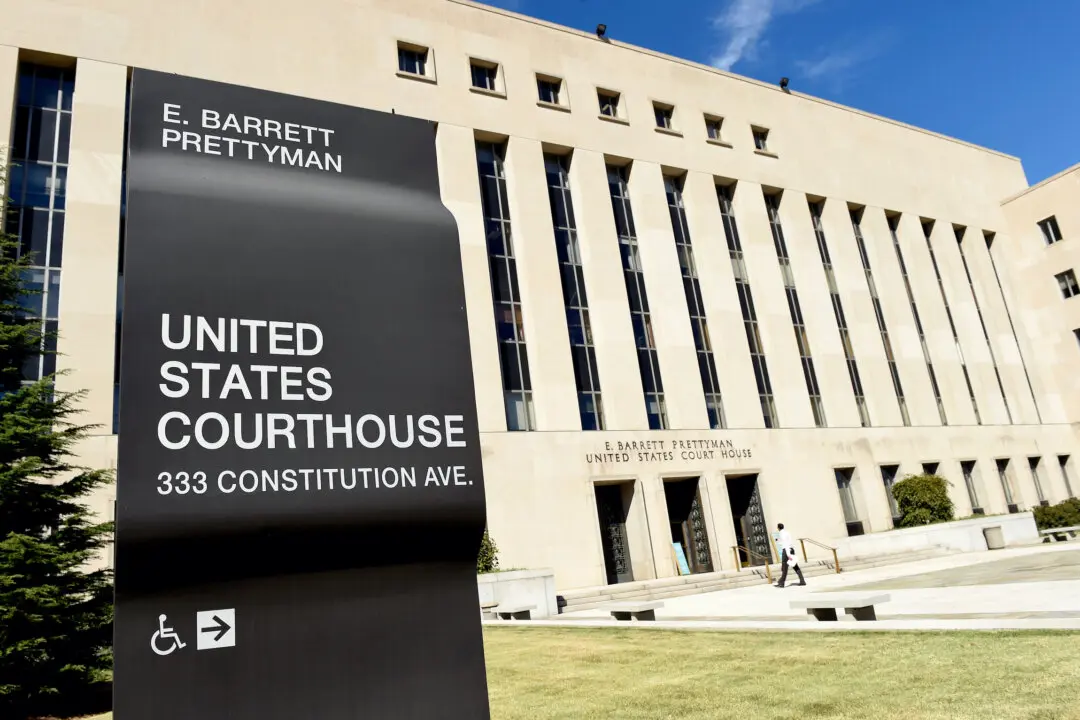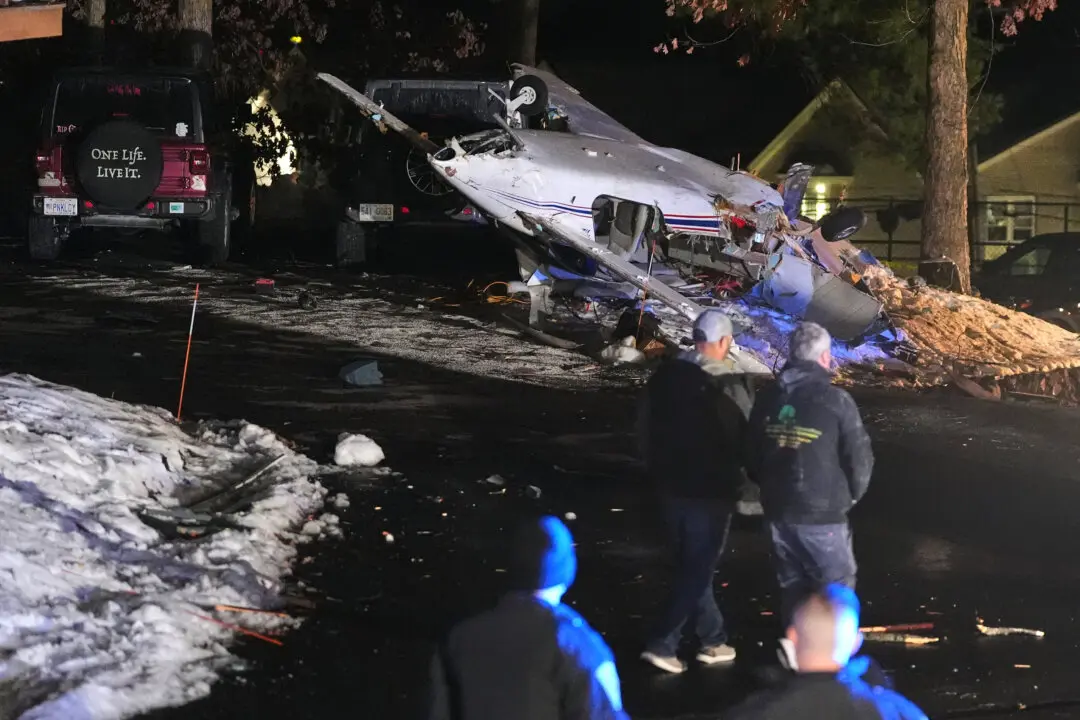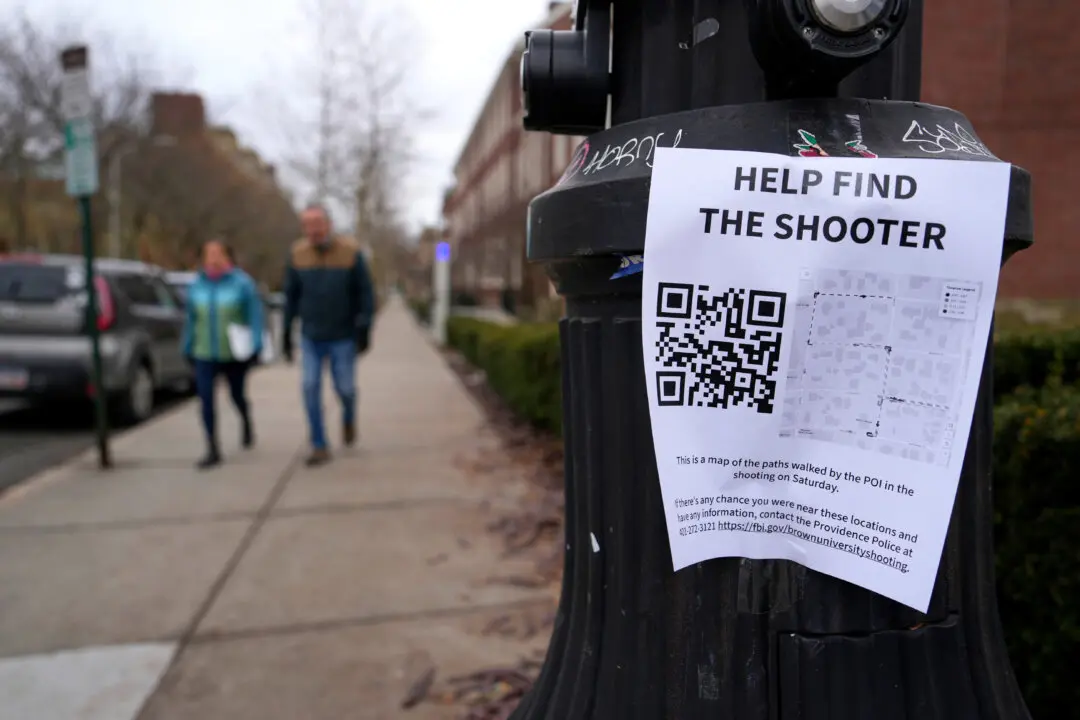CIUDAD HIDALGO, Mexico—Mexican authorities for a second straight day on Oct. 20 refused mass entry to a caravan of Central American migrants held up at the border with Guatemala. But they did begin accepting small groups for asylum processing and gave out some 45-day visitor permits that would theoretically allow recipients time to reach the United States.
Seeking to maintain order after a chaotic Friday in which thousands rushed across the border bridge only to be halted by a phalanx of officers in riot gear, authorities began handing out numbers for people to be processed in a strategy seen before at U.S. border posts when large numbers of migrants show up there.




